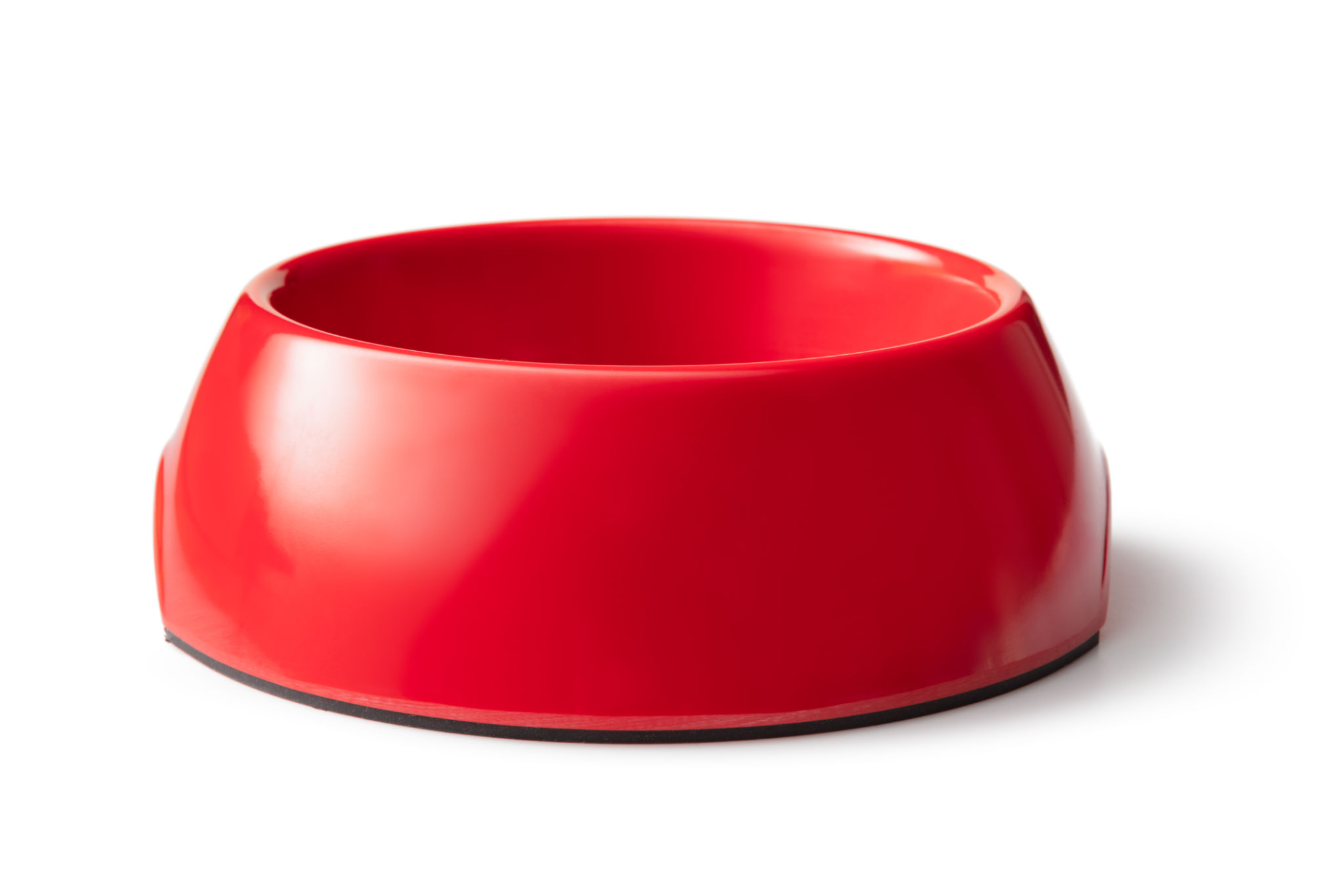How to Transition Your Pet to a New Diet Safely
Vl
Understanding the Importance of Diet Transition
Transitioning your pet to a new diet is a crucial step for their health and well-being. Whether it's due to dietary restrictions, age, or health conditions, a thoughtful approach can prevent digestive issues and ensure your pet receives the necessary nutrients. A gradual transition is key, allowing your pet’s digestive system to adapt without stress.
Pets can be sensitive to sudden changes in their diet, which can lead to upset stomachs or a refusal to eat. Therefore, it's important to make the switch in a way that is both safe and effective. Understanding the best practices for transitioning your pet’s diet will help maintain their health and happiness.

Signs Your Pet Needs a Diet Change
Before initiating a dietary transition, it's essential to recognize signs that indicate your pet might need a change. Common indicators include:
- Unexplained weight gain or loss
- Lack of energy or enthusiasm
- Consistent digestive issues such as diarrhea or vomiting
- Skin irritations or dull coat
If you notice any of these signs, consulting with a veterinarian can provide clarity on whether a diet change is necessary and what type of diet would best support your pet’s health.
Steps to Transition Your Pet’s Diet Safely
A gradual approach is recommended for transitioning your pet's diet. Here’s a step-by-step guide to help you make the switch smoothly:
- Start Slowly: Begin by mixing a small amount of the new food with your pet's current food. Aim for a ratio of about 75% old food to 25% new food.
- Increase Gradually: Over the course of 7-10 days, gradually increase the proportion of new food while decreasing the old food.
- Monitor Your Pet: Keep an eye on your pet for any adverse reactions such as vomiting, diarrhea, or changes in behavior.

Common Challenges and Solutions
Transitioning your pet's diet may come with challenges such as refusal to eat the new food or digestive upset. Here are some tips to overcome these issues:
- Picky Eaters: If your pet is hesitant to try new food, try adding a bit of warm water or low-sodium broth to enhance flavor.
- Digestive Issues: If digestive issues arise, slow down the transition process and consider using probiotics to aid digestion.
Persistence and patience are key. Most pets will eventually adjust, but it’s important to ensure they are comfortable with the change.
Consulting with Your Veterinarian
Your veterinarian can be an invaluable resource when changing your pet's diet. They can provide personalized advice based on your pet’s specific needs and health conditions. Additionally, they can recommend high-quality food options that align with your pet's nutritional requirements.

In conclusion, transitioning your pet to a new diet requires careful planning and observation. By following these guidelines and remaining attentive to your pet’s reactions, you can ensure a smooth transition that promotes their overall health and happiness.
